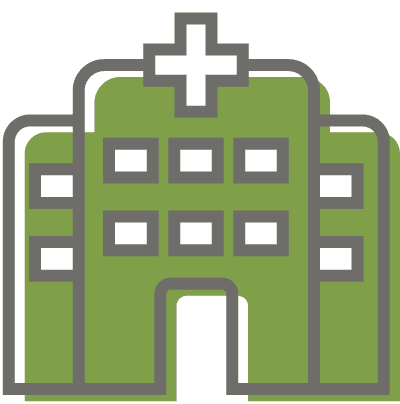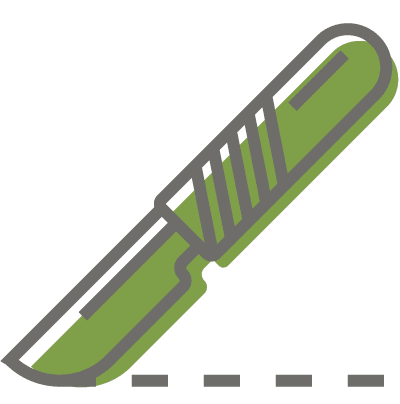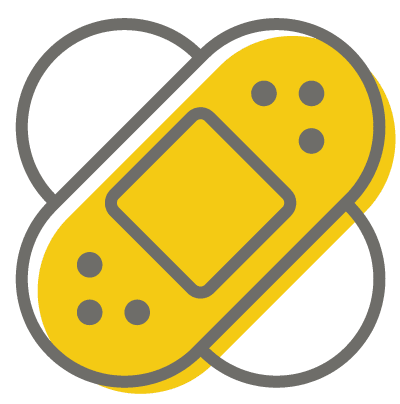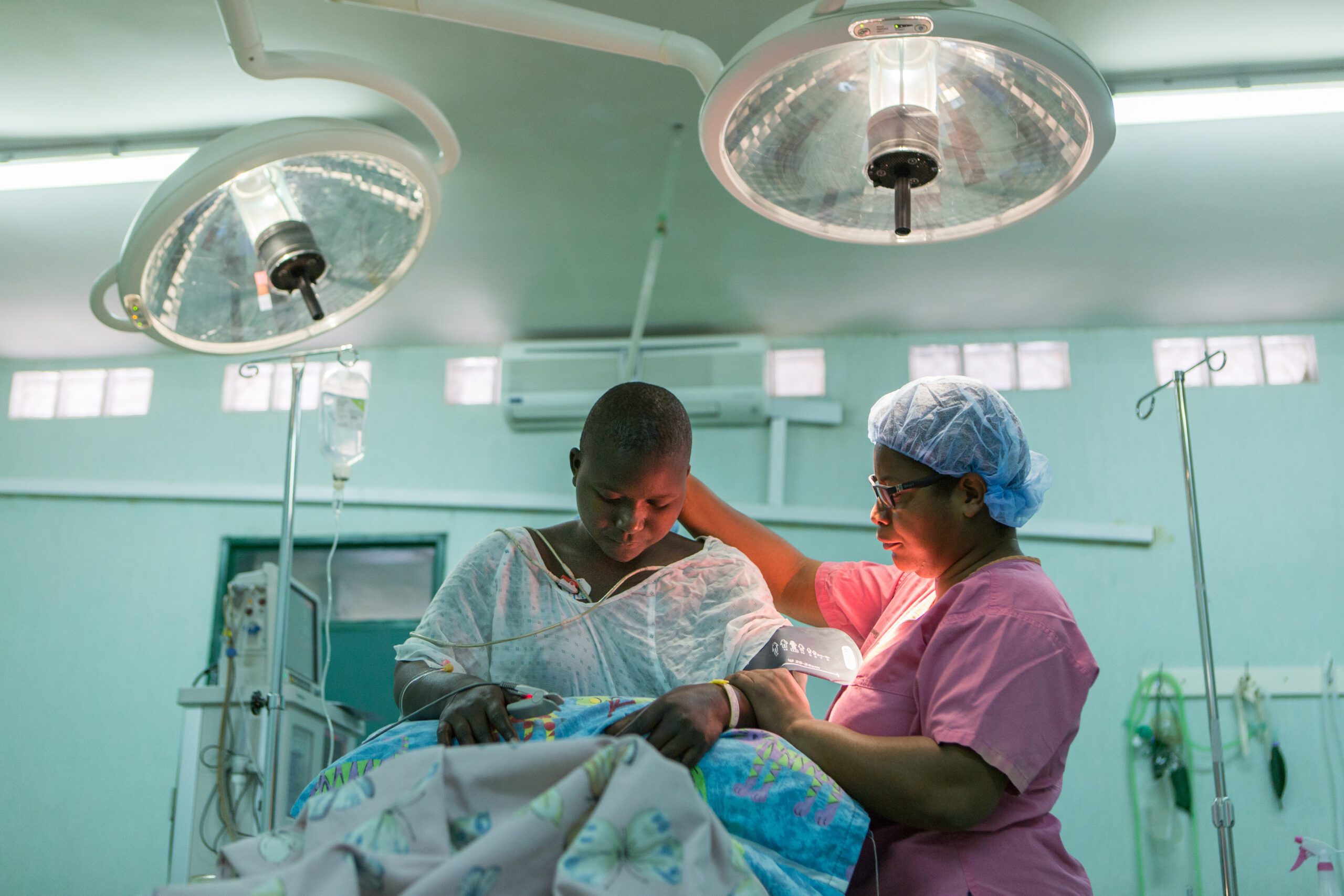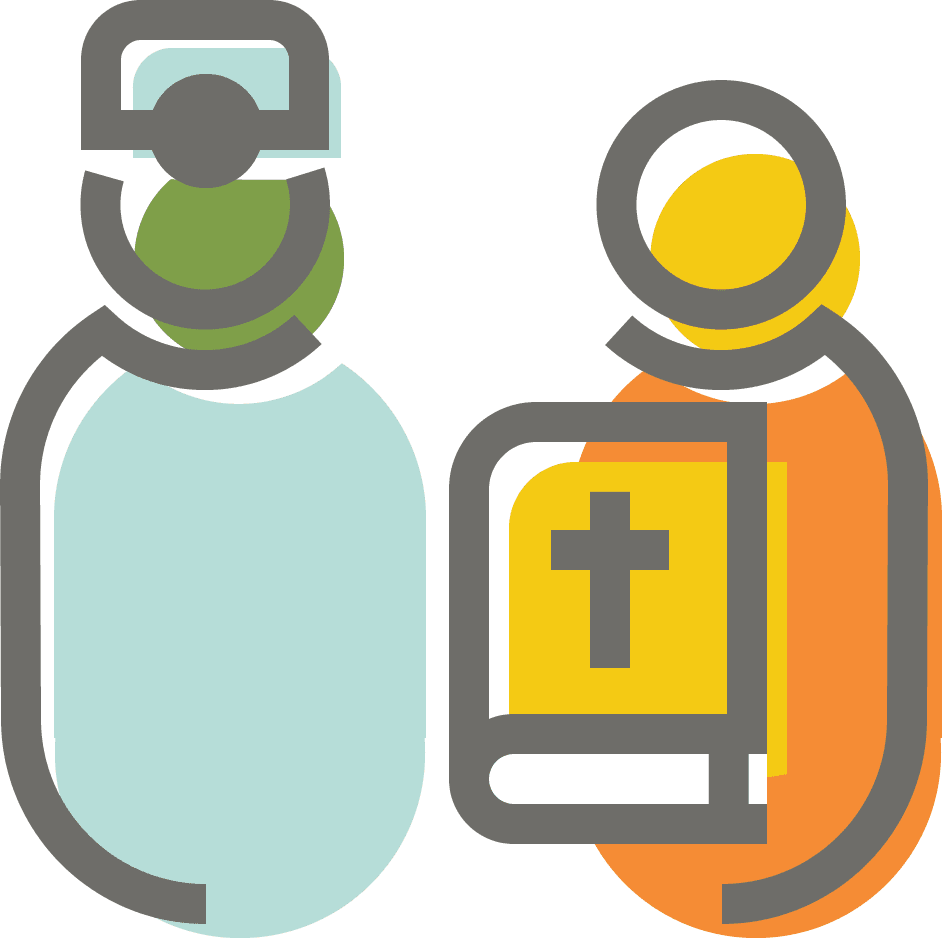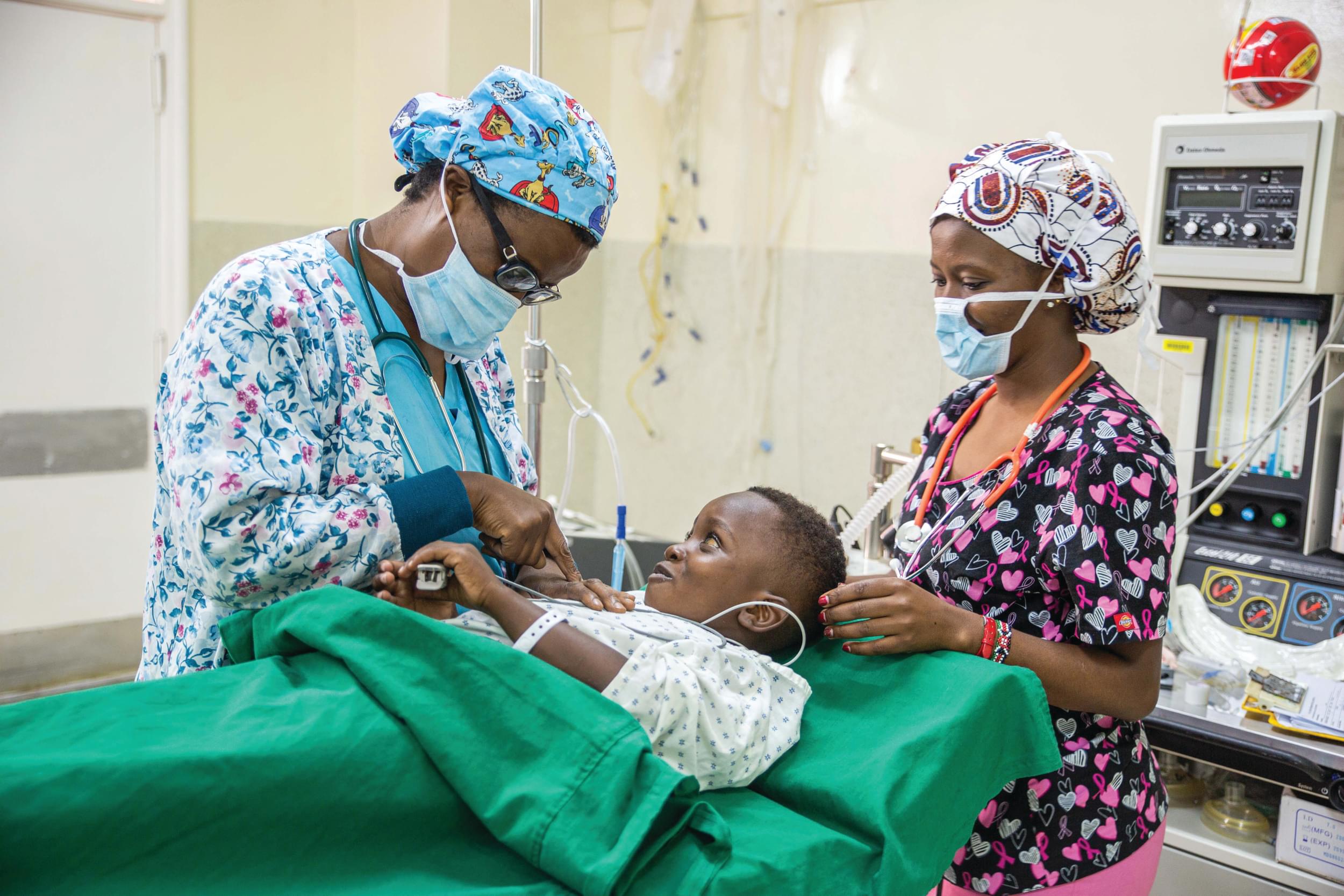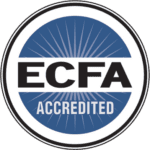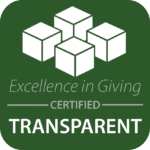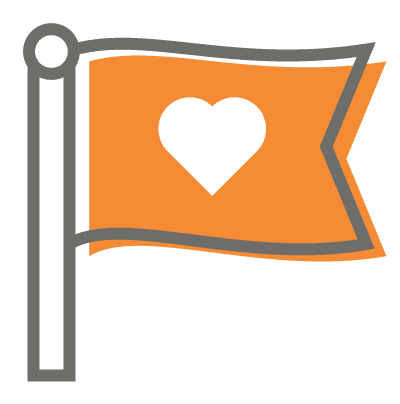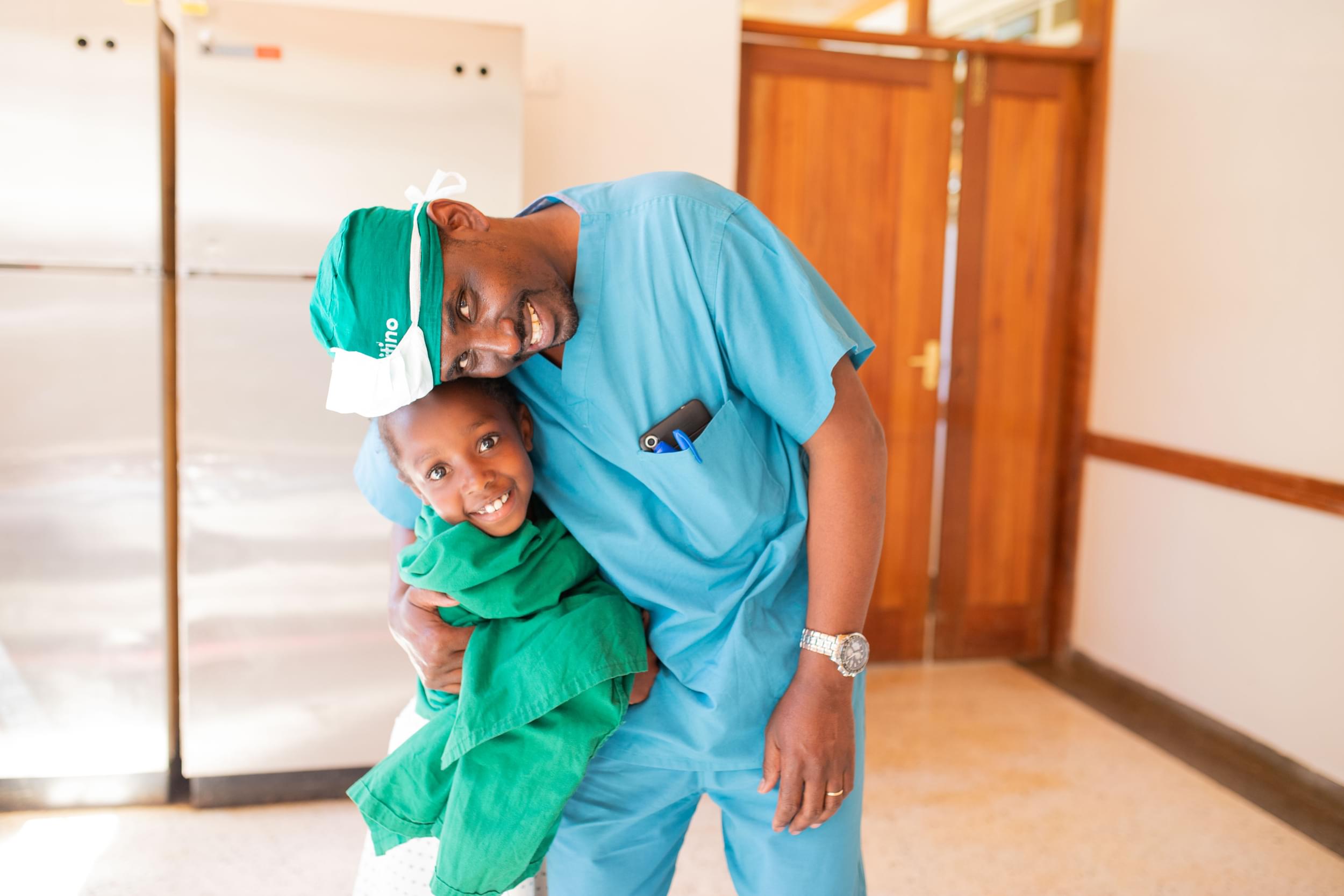Genu Valgum (Knock Knees)
Genu valgum, more commonly known as knock knees, is a condition where knees tilt inward and “knock” into one another while the ankles remain apart. When the growth plate on the outside of the knee slows down or stops making new bone, the growth plate on the inside continues to grow normally, driving the knees toward each other.
There are many causes of genu valgum. It is commonly seen in young children and often resolves by the age of six years. However, underlying conditions, including rickets and the effects of trauma and infection, can cause severe knock knees that warrant surgical intervention.
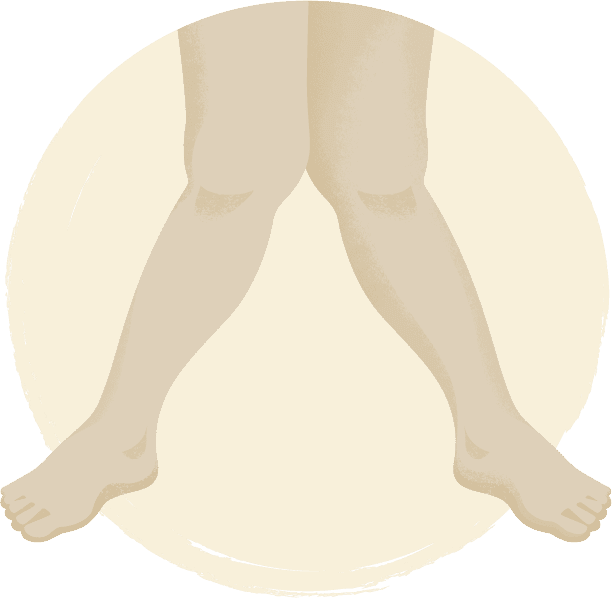
What issues do children with genu valgum (knock knees) face?
Older children with genu valgum can develop a severe disability, preventing them from walking normally. Left untreated, pain and early arthritis can develop in early adulthood.
Missed Opportunities
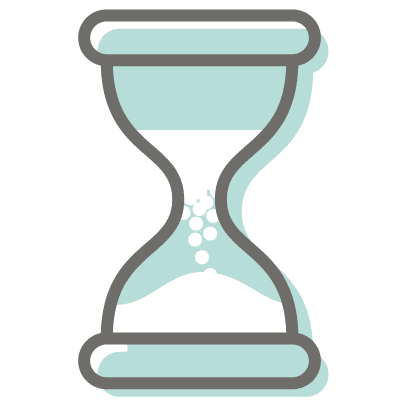
Lack of mobility makes it hard for children to participate in community life, play with friends, or even consistently attend school.
Stigma
Children often experience discrimination because of the way their legs look, leading to poor self-confidence and isolation.
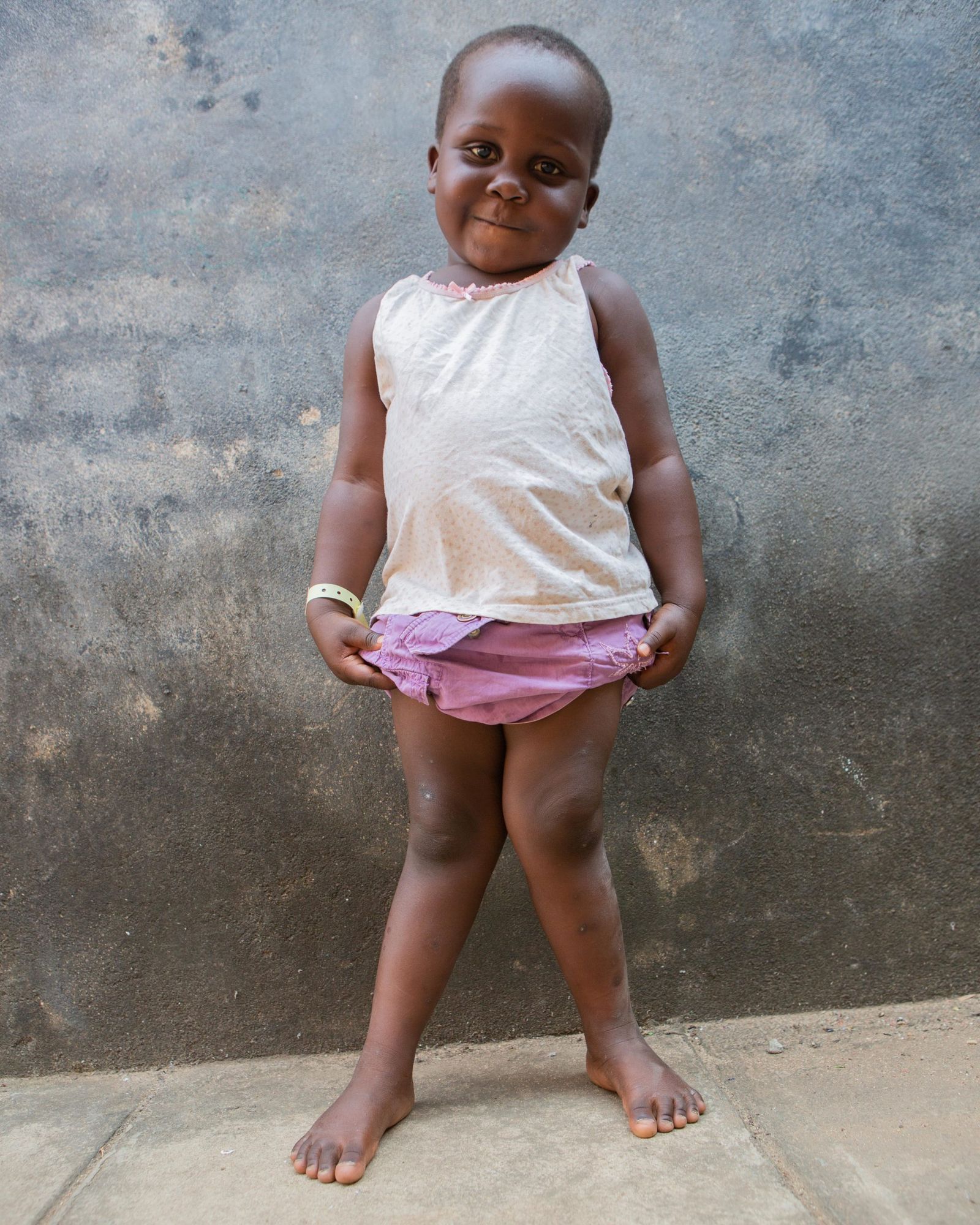
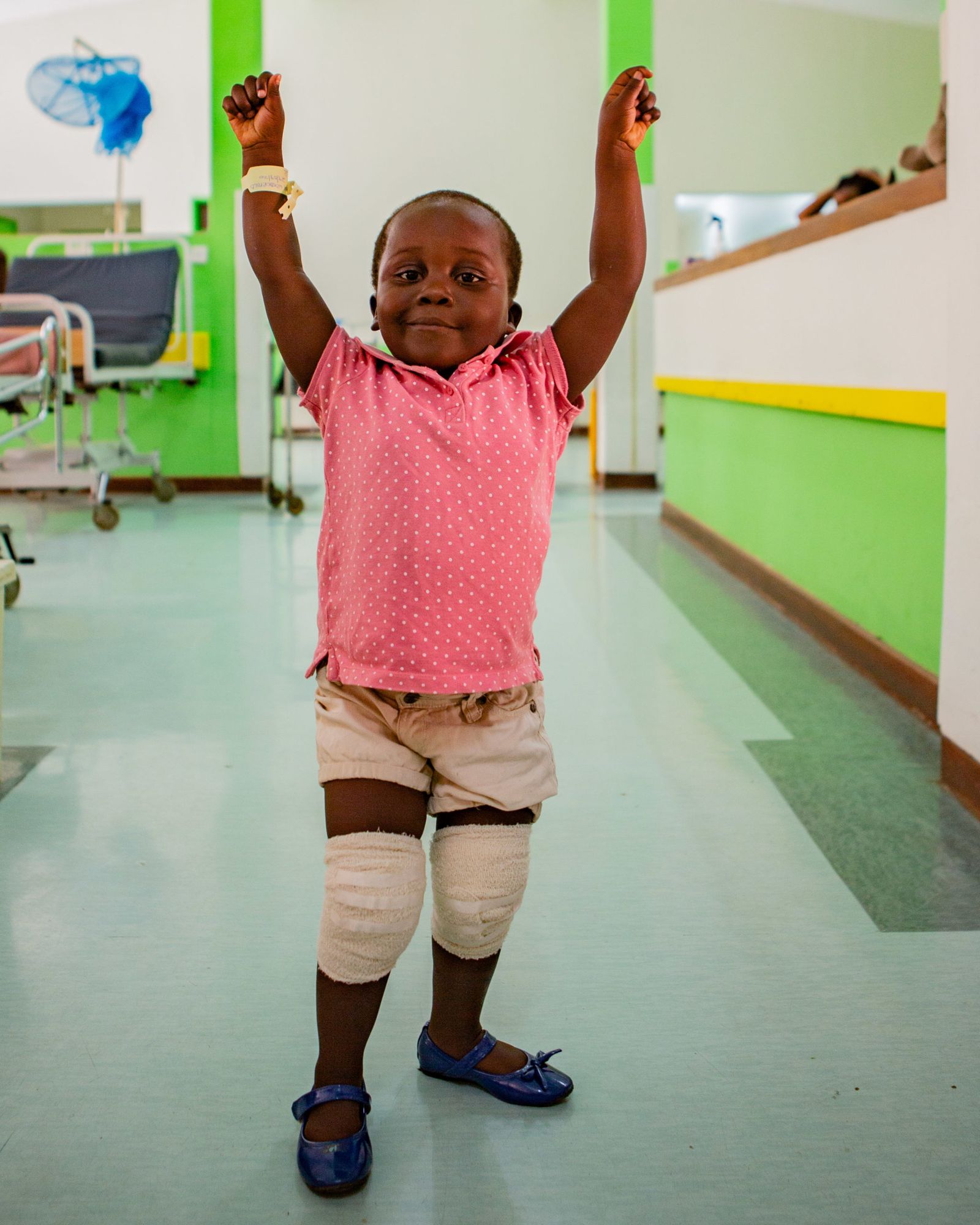
CUREkid Spotlight, Genu Valgum (Guided Growth)
Shakira | CURE Malawi
Before Surgery
When Shakira’s legs began to bend inward at the knees, her mom, Jennifer, observed her daughter in pain and struggling to walk. Thankfully, a local doctor referred them to CURE Malawi for treatment—made possible at no cost to the family because of generous donors to CURE.
After Surgery
Surgery was successful, and CURE walked alongside Shakira through every step of her recovery. Today, her legs are straight!
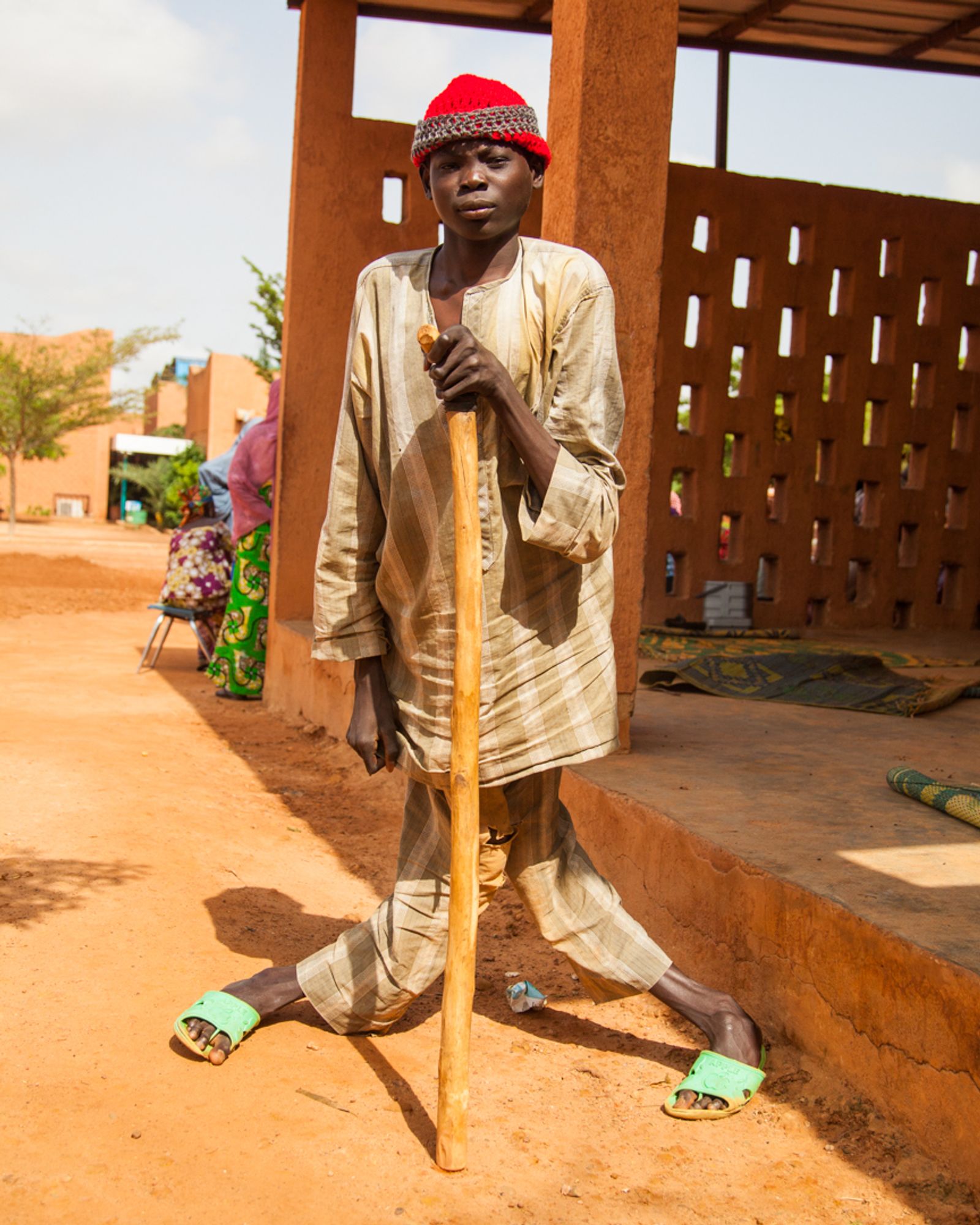
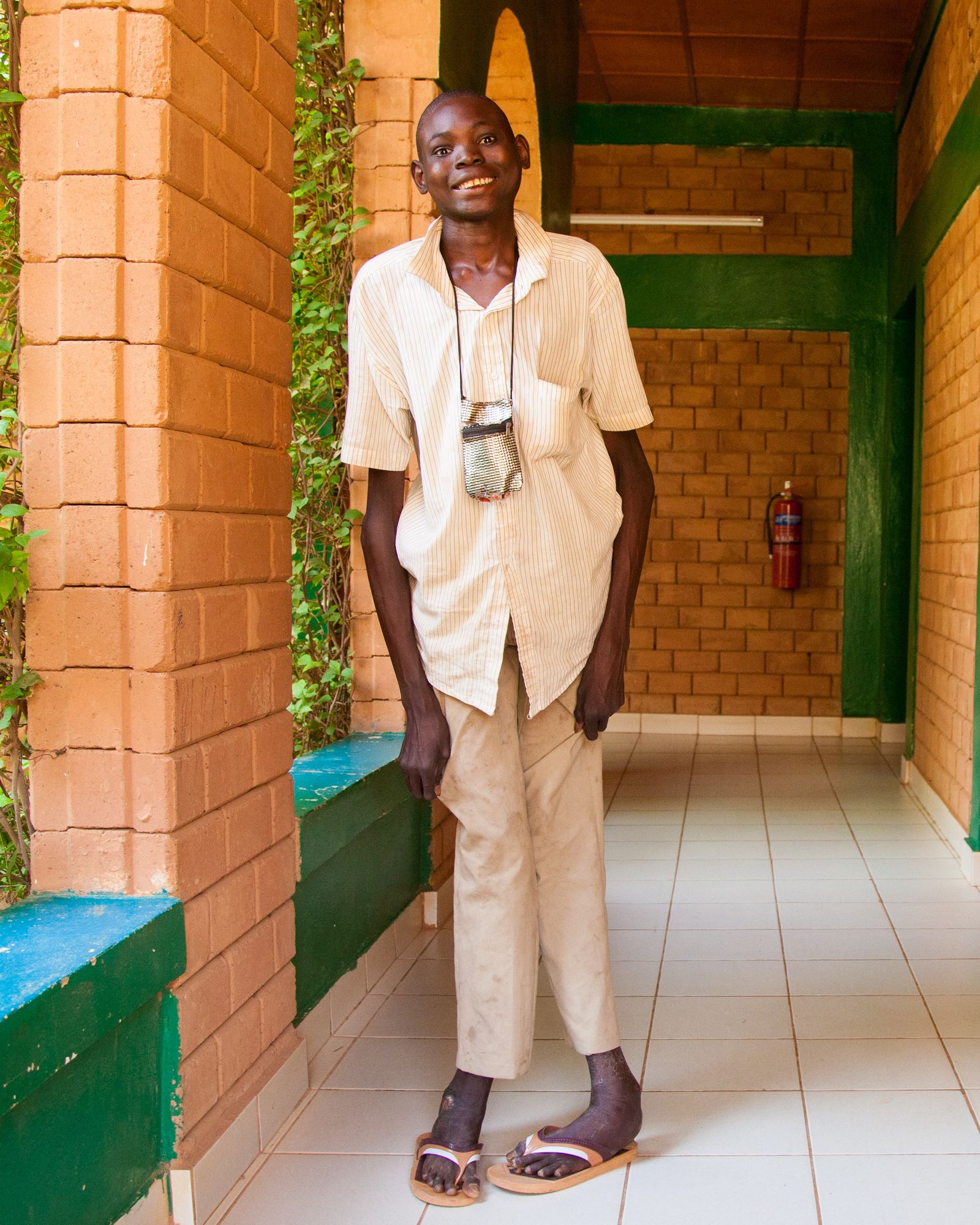
CUREkid Spotlight, Genu Valgum (Surgical Treatment)
Gali | CURE Niger
Before Surgery
When he was five years old, Gali’s legs began to bend outward at the knee, severely limiting his mobility and leaving him ostracized from his community.
After Surgery
After many surgeries, physical therapy, and compassionate care from CURE, Gali’s legs are straight, he’s walking normally, and has hope for an independent future!
